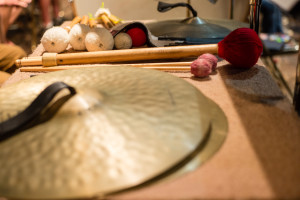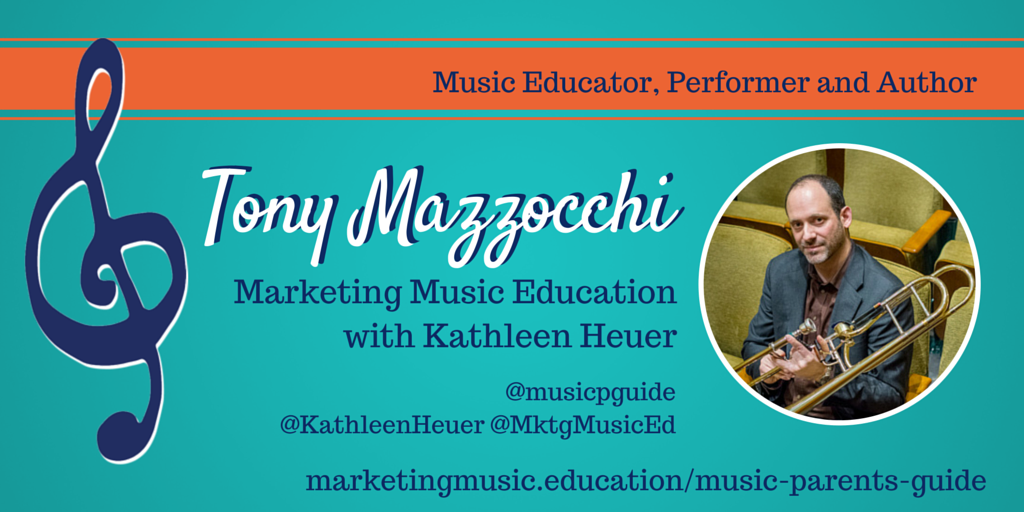 Regardless of the social and economic circumstances of our time, the arts have an essential place in the balanced education of our children.
Regardless of the social and economic circumstances of our time, the arts have an essential place in the balanced education of our children.
In all the education discussion I hear and the literature I read, the arts are consistently given little to no attention. At the same time, a large portion of our population is tired of having to plead to make the case for arts in schools. We all want an education system that delivers a broad-based curriculum that takes into account the continuing and varied needs of our children — not a system obsessed with academic learning alone.
While many in our world still think that the arts are for a chosen few and that “artists” are simply “born that way”, I believe that our narrowed thinking of creativity is more due to a lack of contact time of creative subjects in schools. To get people to think about the issue of arts in a child’s school life, I start with a basic question: What would happen if any subject was delivered only once a week in school? And doesn’t that mean that there aren’t more creative people in our world simply because we do not cultivate that creativity in school on a daily basis?
Here are three awful truths about the adverse effects from a lack of arts in schools has on our children:
A vicious cycle of killing creativity continues. How would our children develop — and therefore be perceived — if they had math, english, or science only one day a week for a half hour? Would they be seen as “dumb” by the time they were in middle school? The answer is, of course, yes — and that is exactly what happens in regards to creativity. Creativity is, in fact, taught out of us in school due to little or no contact time, so by the time children are teenagers, they often think of themselves as “not creative”. I’m not necessarily talking about children becoming artists, dancers, or musicians; I am talking about empowering a generation to be non-conforming, imaginative people.
The inequality with arts instruction exists simply because of the school schedule. Blame it on time or blame it on money, the truth is clear: when you deliver one day of arts instruction in schools, you are leaving it to the family (or lack thereof) to continue to support the child’s instruction at home. We all know this leads to severely uneven results, and most kids will become frustrated and quit. This attrition is not due to the myth that only a few children are artistic, rather that there’s a shortage of time spent in the arts during the school day. If arts instruction is delivered five days a week, we would not only see more children realize their true passions, we would see a new generation of great, creative, and innovative thinkers emerge from the public school system.
The Achievement Gap widens. When students come from families with financial means, they have the ability to overcome unbalanced school curricula by spending money on tutoring, lessons, summer opportunities, etc. It’s generations of financially disadvantaged youth — mostly students of color — who will never reach their potential as creators and innovators and who will never realize their passion due to a narrowed curriculum in schools.
A lack of the arts also has a profound effect on multi-cultural schools. The arts provide a profound vehicle for schools to take into account their own cultural settings and embrace them by developing “arts festivals” and other innovative cultural exchanges. Children participating in and learning through the arts, especially in approaching cultural studies across the curriculum, is more powerful than any textbook can muster.
Another generation grows up believing people are born creative. All the brain research in the world will not convince someone who has grown up without rich arts instruction that they really are talented and have simply missed the boat for reasons beyond their control. This “lost” generation will find it increasingly difficult to navigate the ever-changing workforce; they will become teachers and school leaders who aren’t creative and who don’t value arts in their schools; and they will have children who they believe are not artistic simply because of genetics — a perpetuation of a damaging falsehood that we must bring to a halt.
Does this all sound too dramatic? It’s not. If we stop a moment to reflect on our school curricula, we actually will see that our loss of creativity in schools has been slow and subtle — a cut here and a cut there, and here we are: barely hanging on to the arts in our child’s school day.
In order for our children to meet the profound challenges and changes in our world, our schools must embrace the power, values, and processes of teaching and learning that the arts provide in our education system. To value the arts in school curricula is to say loud and clear that the practice and appreciation of the arts will benefit our children — and therefore our society — in ways that are immeasurable by our current standards, yet more powerful than anything we have collectively experienced before.








This post makes so many good points! It’s so important to ensure your child’s creativity is exercised regularly, and sometimes school can drain them of that opportunity. Learning things in their academic curriculum is necessary to thrive in the working world, but creative skills should never go undermined. Nice work here! Thanks for sharing!
In my opinion. don’t force your child to do the things they don’t like. Let them explore what they want. And if they saw it give them your full support.